-
Trout Unlimited expands Alaska’s knowledge of fish habitat
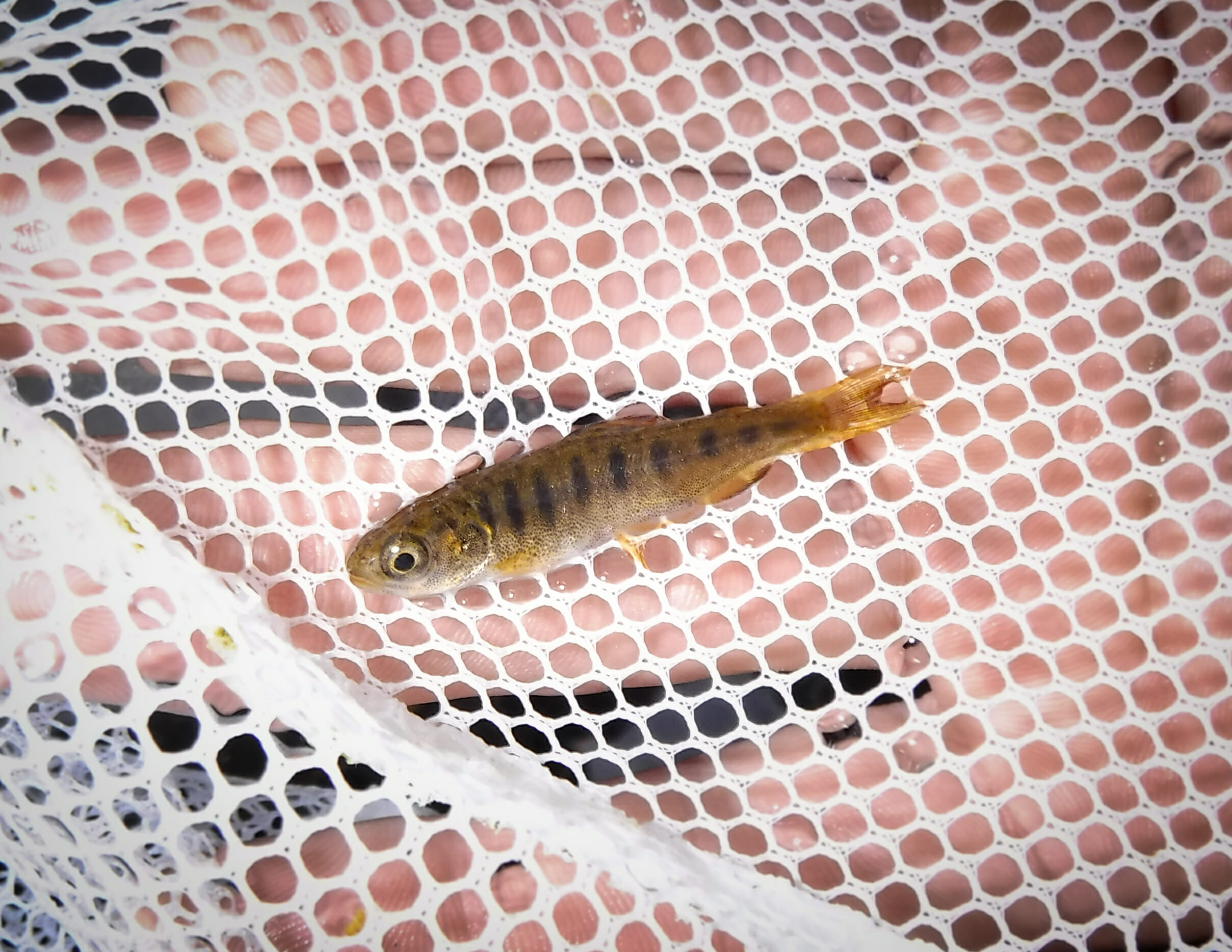
A juvenile coho salmon from a small, previously undocumented stream on Douglas Island, Alaska. By Mark Hieronymus For the diehard fish nerd, spring is a wonderful time in Alaska. The days get longer and (slightly) warmer, the fresh waters around the state shed their winter cloaks and start to flow again, the fish start to bite, and…
-
Science leads to credible conservation
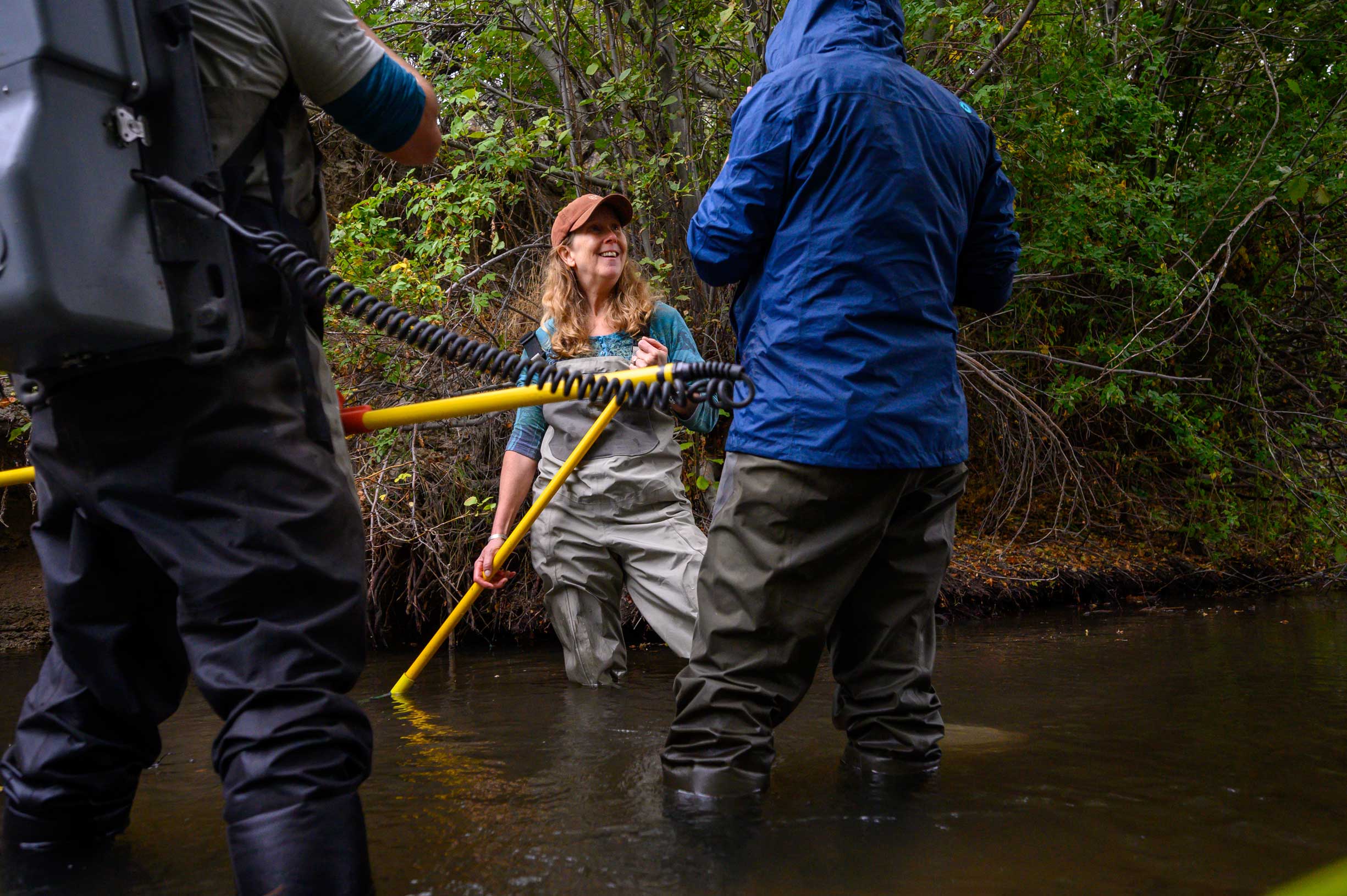
TU staff across the country and our programs utilize science daily As Trout Unlimited has grown and changed, we have been thinking a lot about what science means to our organization. It is an ever-evolving conversation, partly because we have an ever-growing staff applying science in their work. Whether hired specifically for TU Science or field programs, across the organization we now have, unbelievably, more than 30 staff with significant science backgrounds. We’ve grown…
-
TU’s Science Week shares how we work smarter for conservation
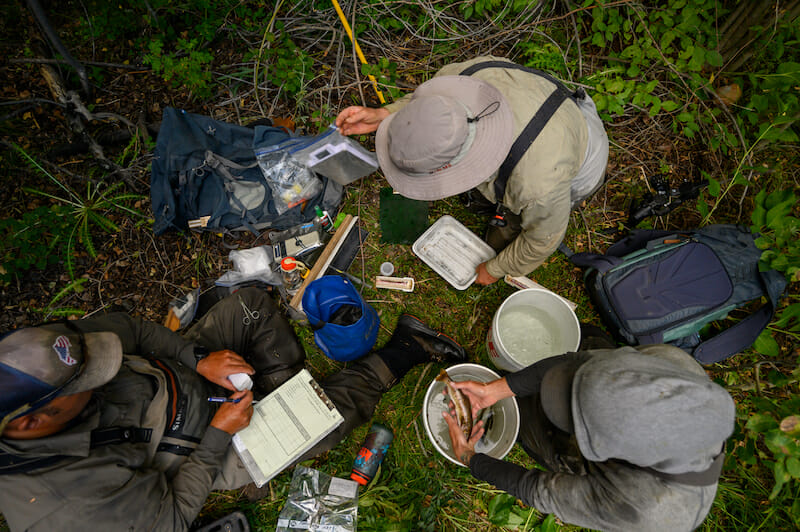
Trout Unlimited is proud to announce our first TU Science Week starting Monday, Oct. 19. Join us for five days of social media postings including daily Instagram Live events (@troutunlimited), stories explaining various ways science is incorporated into the conservation and policy work we do and two science-themed film debuts produced by our own Josh…
-
TU Mayfly Stations help anglers and guides with real-time data
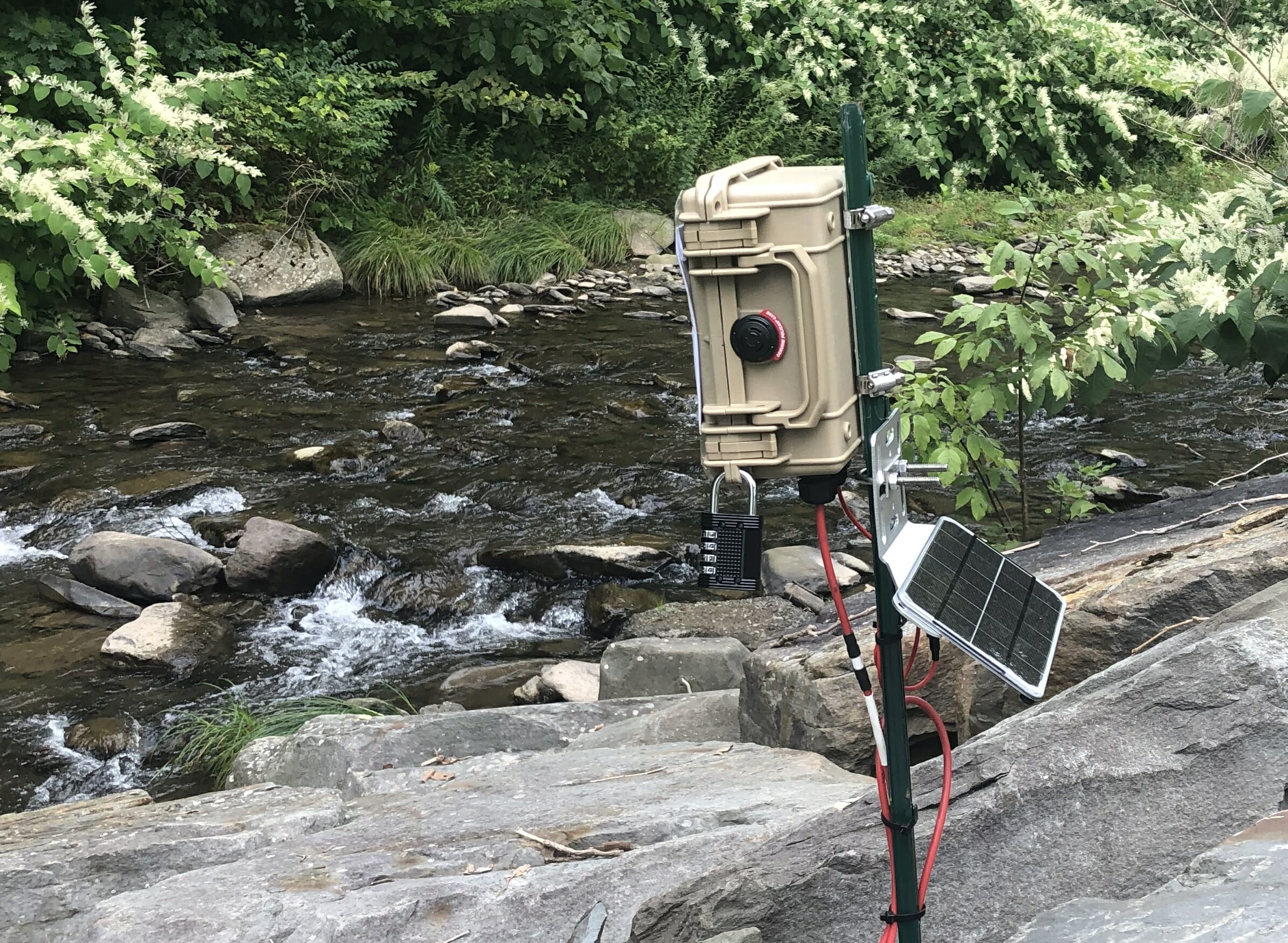
By Jake Lemon Perhaps no bug is more significant to anglers than the mayfly. We chase them, imitate them, even tattoo their visage on our skin. Now a new type of mayfly is emerging on rivers and streams in the US. The Mayfly Sensor Station is an autonomous, low-cost water monitoring station that uploads water quality and quantity…
-
American Fisheries Society provides TU scientists a place of community
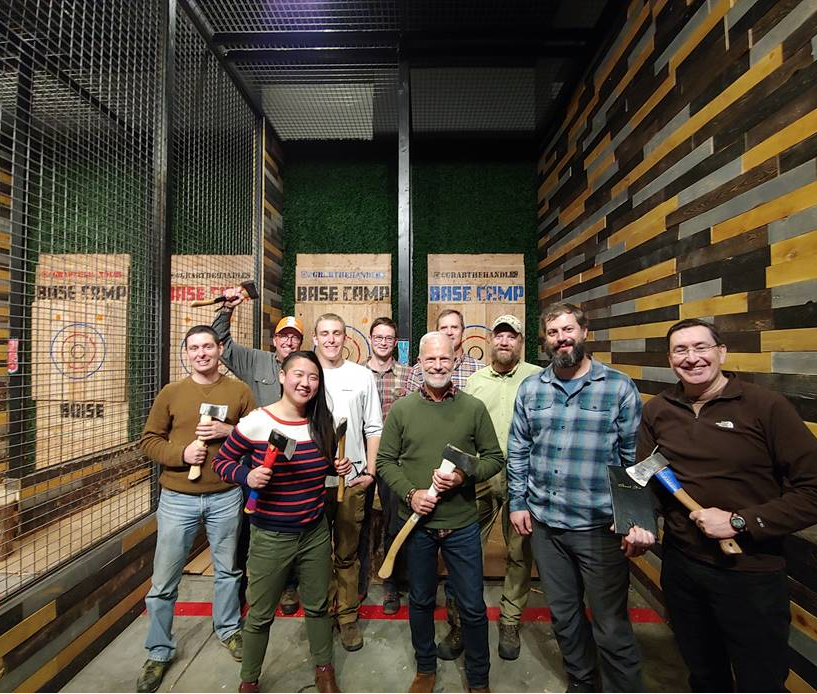
By Dan Dauwalter In these unusual and somewhat isolating times of Zoom meetings and working from home, I thought it would be interesting to reflect on and profile the professional development and global networking opportunities I’ve had over the last few years through the American Fisheries Society. I’ve been a scientist in TU’s Science Program for…
-
Playing the long game
[et_pb_section fb_built="1" admin_label="section" _builder_version="3.22"][et_pb_row admin_label="row" _builder_version="3.25" background_size="initial" background_position="top_left" background_repeat="repeat"][et_pb_column type="4_4" _builder_version="3.25" custom_padding="|||" custom_padding__hover="|||"][et_pb_text _builder_version="4.0.5" text_text_color="#000000" text_font_size="50px" header_text_align="center" background_enable_image="off" global_module="41735" saved_tabs="all"]Five years of advocacy on behalf of native fish and wild places in the Gila National Forest Make your comments heard today [/et_pb_text][/et_pb_column][/et_pb_row][et_pb_row _builder_version="4.0.5"][et_pb_column type="4_4" _builder_version="4.0.5"][et_pb_image src="https://www.tu.org/wp-content/uploads/2020/03/MM8334_140325__08803-scaled.jpg" _builder_version="4.0.5"][/et_pb_image][/et_pb_column][/et_pb_row][et_pb_row _builder_version="4.0.5"][et_pb_column type="4_4" _builder_version="4.0.5"][et_pb_text admin_label="Text" _builder_version="4.0.5" background_size="initial" background_position="top_left" background_repeat="repeat"…
-
Citizen scientists blitz pipeline route
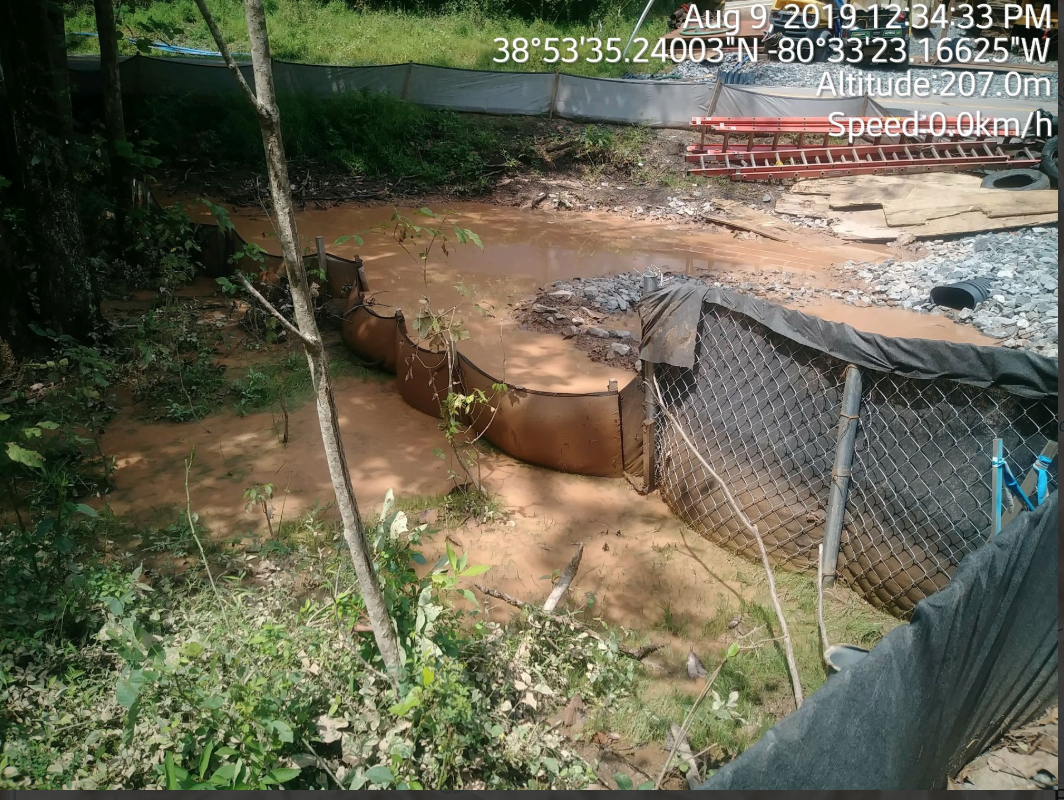
By Jake Lemon West Virginia and Virginia are currently experiencing a major buildout of pipeline infrastructure. Pipelines are being constructed across hundreds of miles of rugged and highly erodible terrain, crossing hundreds of rivers and streams in the process. These large-scale construction projects have the potential to degrade aquatic ecosystems and drinking water supplies. This…
Tag

